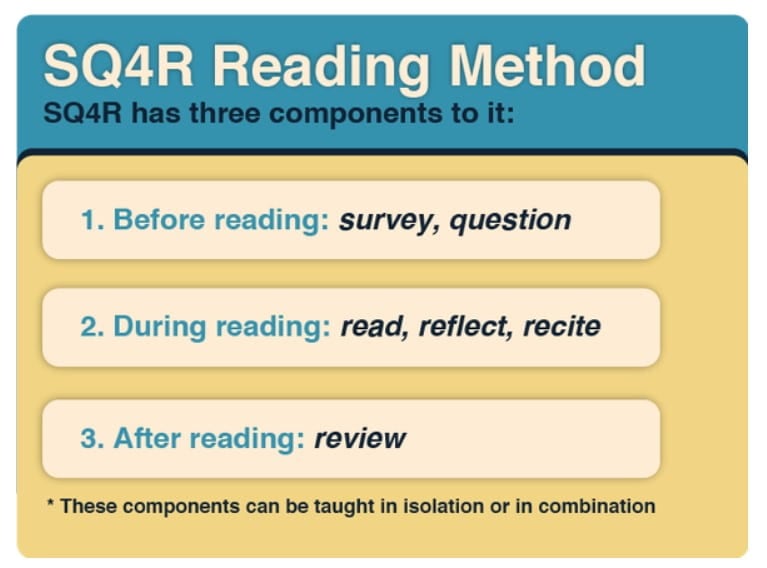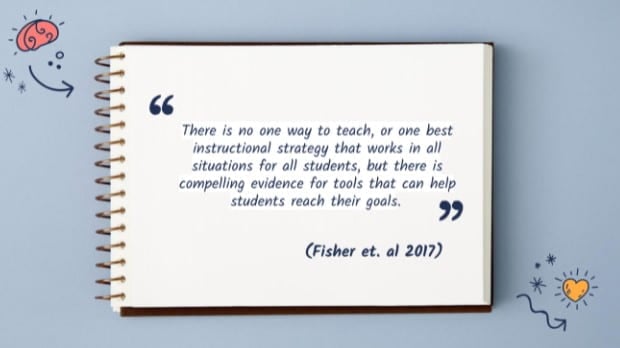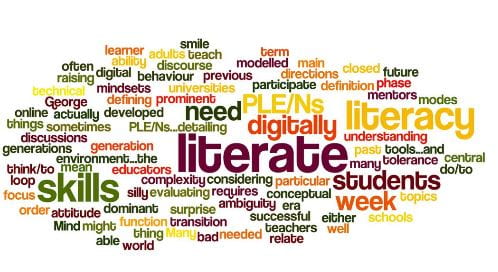“What if” Answers for Graduate Assignments
What if you do not understand an online graduate assignment?
Graduate-level assignments often feature layered tasks culminating in a final learning artifact. Graduate-level assignments are connected to a specific graduate-llevel rubric.
While everyone has their own process and strategy, sometimes you may run into a particularly challenging assignment. When this happens, here are a few steps that may offer help for what to do if you don’t understand a graduate assignment.
In General: Begin earlier than you may think is necessary to preview assignment tasks.
- Step 1: Read the Assignment Carefully. The first step to take when you don’t understand an assignment is to re-read it carefully. With layered graduate assignments, learning research suggests repetition. For example, It is best to read an assignment a couple of times, take a short break, then return to refocus and read the assignment again. Read the assignment rubric. Point values in rubrics indicate the assignment items with the most emphasis. Focus on these items.
- Step 2: Check for in-class supports from Dr. Teague. Then come back and read the prompt again, keeping any of your instructor’s in-class comments in mind. Looking at your assignment with fresh eyes will often help you either eventually understand the assignment or identify what specifically is confusing to you.
- Step 3: Break the assignment into manageable tasks. Some folks create an outline of the tasks or follow the steps provided in assignment instructions.
- Step 4: Set a schedule to complete each manageable task.
- Step 5: Begin the task with even the smallest activity, such as reading one or more of the Class Resources, taking notes, and summarizing what you’ve read.
- Step 6: Research the Topic.
- Step 7: Check out ideas with a Classmate/Course Peer.
- Step 8: Check for Understanding with specific questions for the teacher or professor.
This step is listed after all the others because waiting for a reply from busy teachers and/or professors can prolong getting started and may cause procrastination and FOGS (Fear of Getting Started).
What are your thoughts? What steps would you add, delete, or revise?
All the very best cognitive wishes for the successful understanding and completion of your upcoming graduate assignment(s)!



 Students from Abilene, Wylie, and ATEMS High Schools are using their time productively during school closure. They are working collaboratively to build a robot for service at local Abilene hospital, Hendrick Hospital. The robot will help hospital staff to keep a safe distance by rolling in and out of hospital rooms.
Students from Abilene, Wylie, and ATEMS High Schools are using their time productively during school closure. They are working collaboratively to build a robot for service at local Abilene hospital, Hendrick Hospital. The robot will help hospital staff to keep a safe distance by rolling in and out of hospital rooms. 



